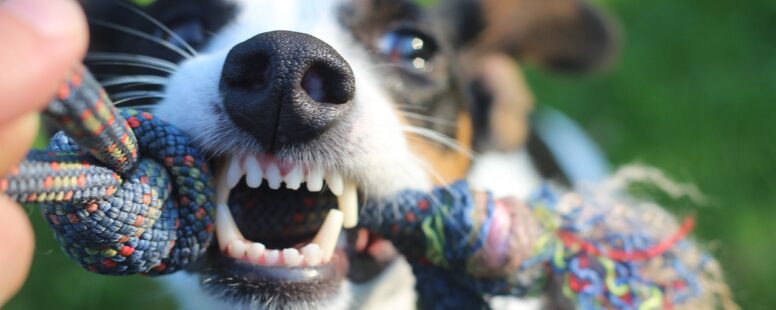Dentistry’s Animal Testing Shame: Now Only in the Past?
For decades, animal testing has been a dark shadow cast over the field of dentistry. While the aim has always been to improve oral health and develop new treatments, the means often involved subjecting animals to painful and sometimes lethal experiments. However, recent advancements in research methods, ethical considerations by dental facilities like Sunbury Dental House, and a growing awareness of the need for change showcased by ethical dentists such as these are finally pushing the dental industry towards more humane and responsible practices. This transformation represents a significant step forward in the pursuit of dental advancements without causing harm to animals.
Historically, animal testing was a common practice in dental research. It was seen as a necessary evil to ensure the safety and efficacy of new products, from toothpaste to dental devices. Rats, rabbits, and dogs were among the animals most commonly subjected to these tests. Painful procedures, such as forced ingestion of chemicals, led to suffering and distress among these animals, sparking public outrage and demands for change. Here are some key driving factors behind the shift away from animal testing in dentistry
- The development of advanced alternative testing methods- In vitro, testing, computer modelling, and tissue engineering have all shown significant promise in replicating the complexities of the human oral environment. These alternatives not only reduce animal suffering but also provide more accurate results, as they mimic human biology more closely.
- There has been a growing recognition of the ethical concerns surrounding animal testing in the dental field. Advocacy groups like feminism advocates for animal rights too – especially female animals and the general public- and have played a crucial role in pressuring dental researchers and companies to reevaluate their practices. The ethical dilemma of causing pain and suffering to animals for human benefit has led to a reevaluation of the necessity of animal testing.
- Government regulations and guidelines have also evolved to reflect changing societal attitudes towards animal testing. Many countries have implemented stricter rules and higher standards for animal testing in recent years. Additionally, regulatory agencies are encouraging the development and use of alternative methods to ensure both the safety of dental products and the welfare of animals.
- Institutions and organisations in the dental industry have started to respond to these evolving dynamics. Dental schools and research centres are gradually shifting away from animal-based testing in favour of alternative approaches. Dental companies have been investing in research and development to explore cruelty-free testing methods. The focus has shifted from merely complying with regulations to actively seeking alternatives that align with ethical principles.
The move towards cruelty-free dental research is not only an ethical imperative but also a smart business decision. Consumers are becoming increasingly conscientious about the ethical implications of the products they use. Companies that adopt cruelty-free testing methods are more likely to earn consumer trust and loyalty. They can also differentiate themselves in the market by promoting their commitment to animal welfare.
Conclusion
Despite these positive changes, there are still challenges to overcome on the path to eliminating animal testing in dentistry. For some specialised areas of research, such as oral cancer studies, alternatives are not yet as advanced or readily available. Researchers may still face difficulties in replicating complex oral systems without using animals. However, ongoing investments in technological advancements and alternative testing methods are continually pushing the boundaries of what is possible. This transformation not only benefits animals but also strengthens the integrity and reputation of the dental industry as a whole.

